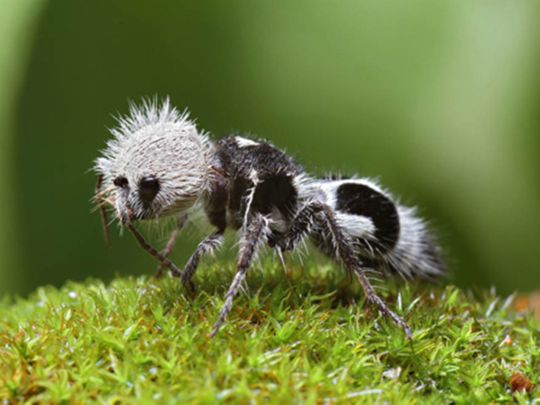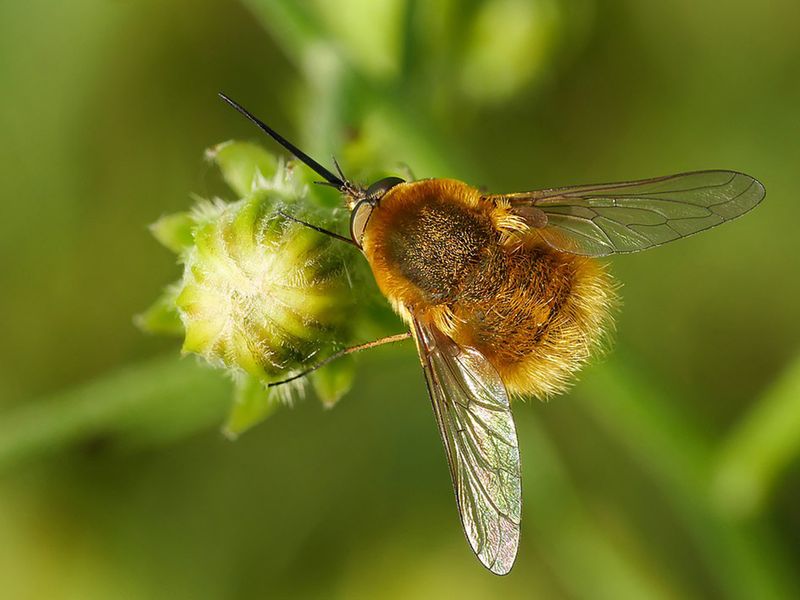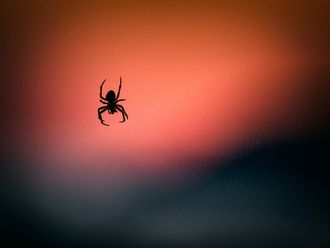
You’ve likely seen animals mimicking their surroundings – owl disappearing into tree trunks, chameleons blending into the grass. But have you ever seen animals imitating each other?
Click start to play today’s Spell It, where you can find animals ‘disguising’ themselves.
Here are a few creatures worth knowing about:
1. Panda ant
Is it a panda? Is it an ant? Neither, because it’s actually a Chilean wasp. These insects have fuzzy black-and-white bodies, white heads and black ringed eyes. While their bodies look remarkably like Chinese pandas, the females can appear wasp- or ant-like, with stingers and markings that act as a warning to predators.
2. Snake-mimic caterpillar

Pretending to be venomous pit vipers, the larvae of hawk moths retract their legs and expand the front of their bodies to look like serpents when threatened. But they can only imitate snakes for so long. Their disguise works in the period when they are molting, just a few days out of their 30-day lifespan as caterpillars.
3. Alligator bug
Also known as the peanut-head bug, these creatures have a large hollow structure on top of their heads that look like eyes on an extended jaw – while their actual eyes are towards the back. The bugs are also able to open their wings to show eyespots and enlarge their bodies. When predator birds spot these critters from high above, they look enough like alligators for them to quickly move on.
4. Bee fly

No one wants to get stung by a bee, and the bee fly knows it. That’s why it’s developed a fuzzy, striped body to avoid predators such as crab spiders. Their bee disguise even helps them sneak into the nests of digging bees. Female bee flies drop their eggs into the nest and retreat. Once the eggs hatch, the baby bee flies have the dubious opportunity of eating both the bees’ pollen store and the baby bees themselves.
5. Leopard crab
Also called calico crabs, these creatures have the same disruptive colouration as leopards, which makes it difficult for others to spot them from a distance, even if the crabs are moving. The spots also help hide the crabs from predators in the sea, since they can lie partially buried in the sand, and blend right in.
What do you think of these ingenious animals? Play today’s Spell It and tell us at games@gulfnews.com.






